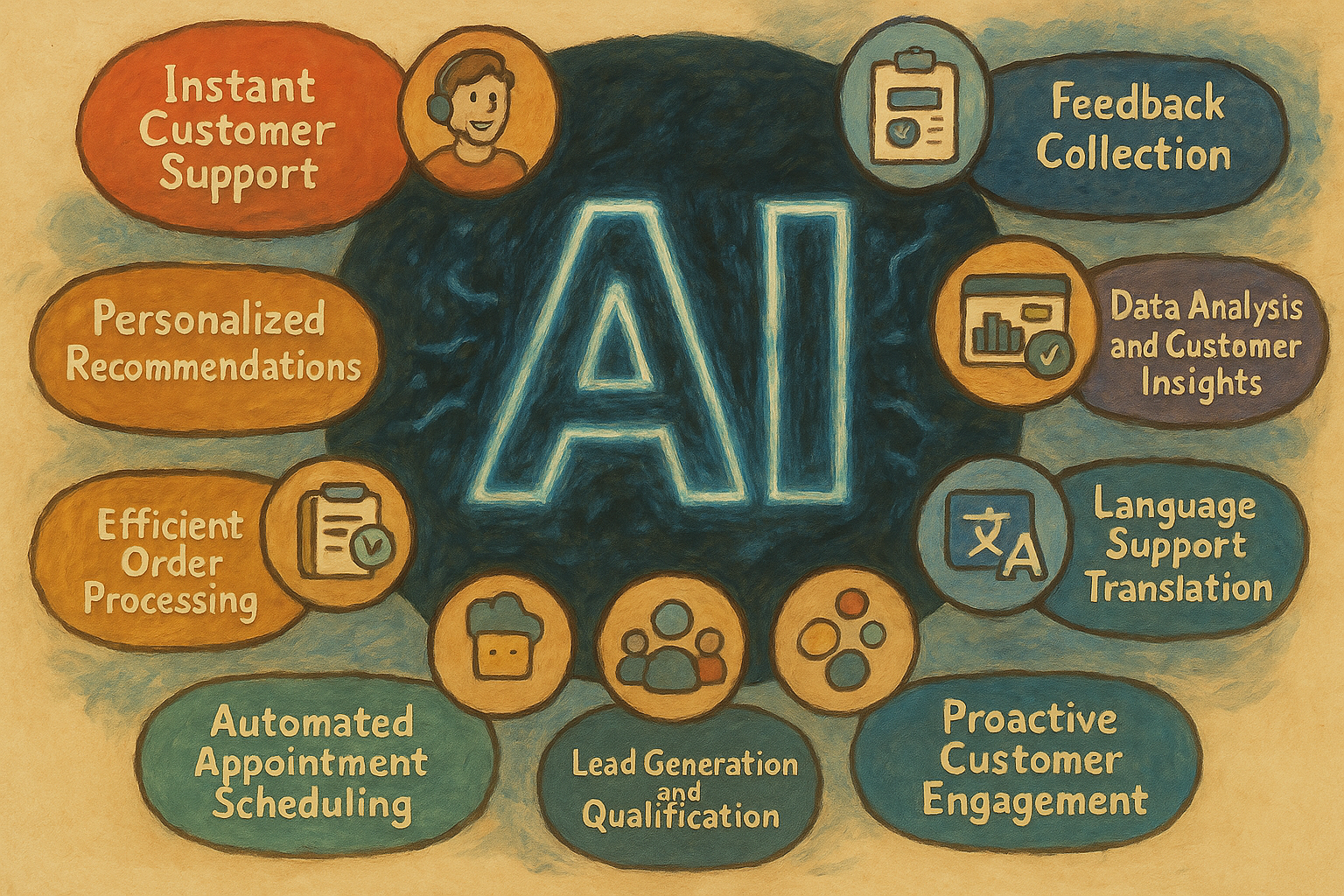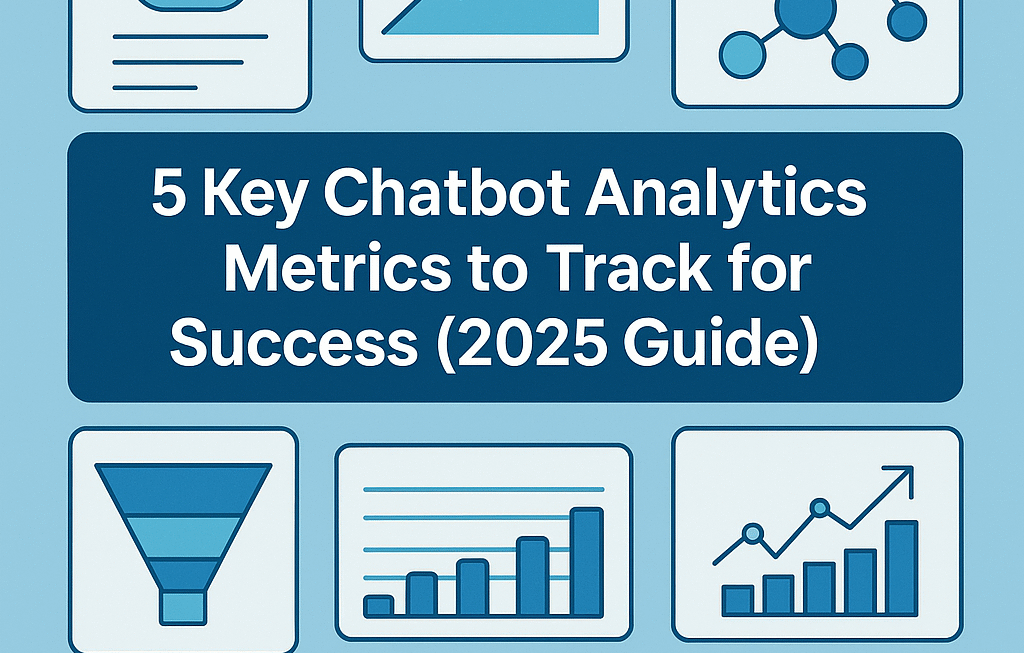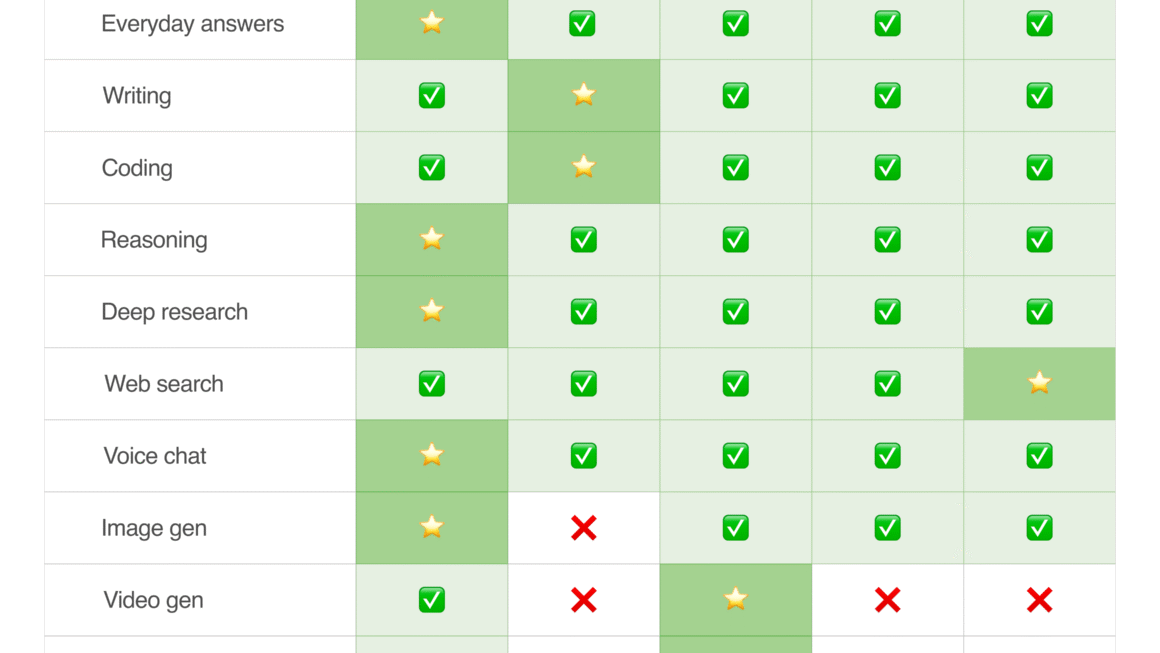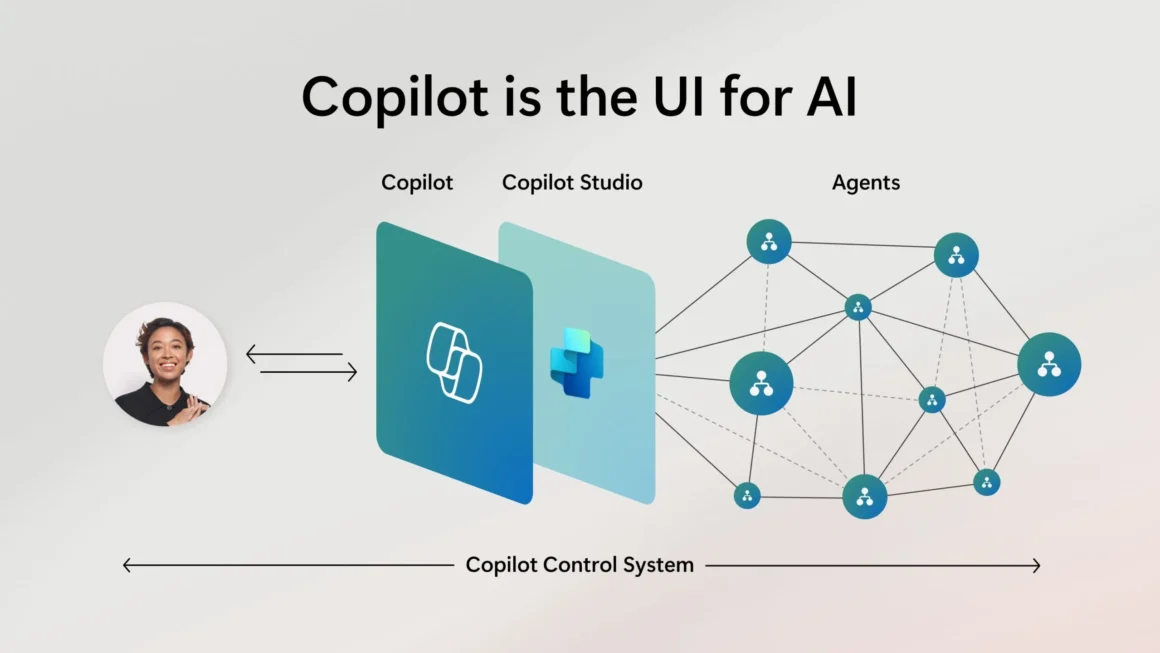AI chatbot strategies customer satisfaction
AI chatbots are revolutionizing customer support by enabling businesses to provide instant, high-quality service. This guide highlights ten key strategies for leveraging AI chatbots to enhance customer interactions and deliver seamless support.
Key Takeaways
- AI chatbots reduce response times and automate routine queries.
- A well-implemented chatbot aligns with customer needs and business objectives.
- Multilingual and data-driven capabilities enhance user experience.
- Visualizing chatbot workflows improves engagement and usability.
Understanding the Impact of AI Chatbots on Customer Experience
AI chatbots are transforming customer interactions by providing instant solutions to common issues. A 2023 Forrester report found that 72% of users abandon interactions if they wait more than 3 minutes for a response.
How AI Chatbots Enhance Customer Experience
- ✅ Automate repetitive inquiries, allowing human agents to focus on complex cases.
- ✅ Leverage Natural Language Processing (NLP) and Generative AI to simulate human-like conversations.
- ✅ Reduce resolution times, leading to higher customer satisfaction.
Setting Clear Goals for Your AI Chatbot Implementation
Before you start using an AI chatbot, you need to know what you want it to do. These goals should match your customer service objectives. This could be making things faster or making customers happier. Without clear goals, chatbots might not reach their full potential.
- ✅ Identify core customer service objectives: Focus on tasks like cutting down wait times or helping users buy things.
- ✅ Set success metrics: Track metrics such as the number of issues resolved, response speed, and customer satisfaction scores.
- ✅ Build an implementation strategy: Develop a step-by-step plan, including training, A/B testing, and continuous improvements.
ROI Measurement: The effectiveness of AI chatbots should be evaluated based on cost savings and performance. For instance, a bank might observe a 40% drop in repetitive inquiries after launching a chatbot, demonstrating efficiency gains.
⚡ Keep refining the chatbot strategy: Regularly analyze performance data and user feedback to tweak responses and improve engagement.
Integrating Your Chatbot With Existing Customer Service Channels
Connecting your AI chatbot to existing systems ensures customer data flows smoothly across all touchpoints. A unified customer view reduces confusion and speeds up support. Here’s how to align chatbots with your broader service infrastructure.
Data shows 68% of customers expect consistent service across all channels. (Source: Zendesk 2023 Customer Experience Trends Report)
CRM Integration Best Practices
- Map chatbot responses to CRM data fields for cross-platform support.
- Automate ticket creation in CRM systems when chatbot can’t resolve issues.
Omnichannel Support Strategies
- ✔ Same response logic across web, app, and social media platforms
- ✔ Real-time updates to all channels after chatbot interactions
- ✔ Consistent branding in all touchpoints
Data Synchronization Across Platforms
Regular data synchronization prevents information gaps. Tools like Zapier or native APIs ensure customer details stay current everywhere. This avoids asking customers to repeat issues, boosting satisfaction.
Unified Customer View Benefits: When done right, integration creates a complete customer profile visible to all teams. This unified view empowers agents to address issues faster, cutting resolution times by up to 35% in tested implementations.
Measuring Chatbot Performance and Customer Satisfaction
Chatbots aren’t just set-and-forget tools. Businesses must track chatbot analytics and customer satisfaction metrics. Regular performance measurement helps identify gaps between current outcomes and business goals. Data reveals where chatbots succeed—and where users need more support.
Data-driven insights are the engine of improvement. Without them, chatbots stall.
Key Performance Indicators (KPIs)
- ✔ Resolution rate – How often the chatbot successfully resolves issues
- ✔ Containment rate – How often the chatbot resolves queries without human intervention
- ✔ Customer Satisfaction Score (CSAT) – Surveys collected post-chat sessions
- ✔ Sentiment Analysis – Detects positive or negative interactions in chatbot conversations
Feedback Collection Methods
- ✔ Automated surveys sent after each chat gather instant feedback
- ✔ Sentiment analysis tools flag frustrated users for manual follow-up
- ✔ Session recordings identify confusing steps in the conversation flow
Example: Companies like Netflix optimize chatbot scripts based on monthly feedback trends, continuously improving interactions.
Common AI Chatbot Pitfalls and How to Avoid Them
Even the best plans can fail if we ignore common chatbot mistakes. Let’s look at pitfalls to dodge and fixes that keep customer trust strong.
- ❌ Overpromising capabilities – Chatbot limits can lead to frustration when users expect human-like answers. Be clear about what your chatbot can do and when to escalate to a human.
- ❌ Insufficient training data – Bots can fail if they lack knowledge of common customer issues. Keep updating responses based on real interactions.
- ❌ Poor error handling – Bots giving incorrect responses frustrate users. Add features like “Ask again” or direct handoffs to human agents.
Expert Insight: “The key to overcoming AI challenges is transparency. Customers appreciate knowing a bot’s role, not pretending it’s infallible.”
✅ Regular chatbot audits help find weak spots. If users repeatedly ask things your chatbot can’t handle, refine its responses and improve error handling.
Final Thoughts: Transforming Customer Experience Through AI
AI chatbots are now a key part of customer experience strategies, helping businesses offer personalized and 24/7 support that builds loyalty and drives growth.
Best Practices for Success:
- ✔ Align chatbot capabilities with customer needs
- ✔ Use real-time data to improve responses
- ✔ Optimize workflows with sentiment analysis and CRM integrations
- ✔ Blend technology with human expertise to provide empathetic service
The future of AI chatbots includes voice recognition, predictive analytics, and enhanced machine learning for more personalized interactions.
FAQs: AI Chatbot Strategies for Instant Customer Satisfaction
- What are AI chatbots, and how do they improve customer satisfaction?
AI chatbots use Natural Language Processing (NLP) and machine learning to provide instant responses, reducing wait times and improving customer experience. SparkAgentAI enhances satisfaction by delivering personalized, data-driven interactions tailored to user needs.
- How can businesses ensure their AI chatbot provides human-like interactions?
Businesses should train chatbots with diverse conversational data, implement sentiment analysis, and use structured workflows. SparkAgentAI integrates advanced NLP and real-time learning to make conversations feel more natural and intuitive.
- What are the key metrics to measure chatbot success?
Businesses should track resolution rate, sentiment analysis, and customer satisfaction scores (CSAT). SparkAgentAI provides built-in analytics to monitor chatbot performance and optimize conversations based on user feedback.
- Can AI chatbots handle complex customer inquiries?
While AI chatbots manage most routine queries, complex cases should be escalated to human agents. SparkAgentAI ensures smooth chatbot-human handoffs by detecting when an issue requires human intervention and seamlessly transferring the conversation.
- How do chatbots integrate with other customer service tools?
AI chatbots connect with CRMs, helpdesks, and e-commerce platforms to streamline workflows.
- How do AI chatbots improve omnichannel customer support?
AI chatbots should deliver consistent responses across web, mobile, and social media platforms. SparkAgentAI enables businesses to maintain a unified chatbot experience across all digital touchpoints, ensuring seamless engagement.
- What strategies help reduce chatbot errors and improve accuracy?
Regular chatbot training, A/B testing, and customer feedback analysis enhance chatbot accuracy. SparkAgentAI continuously refines responses through AI-driven learning, improving accuracy over time.
- Are AI chatbots effective for multilingual customer support?
Yes, AI chatbots use NLP-based translation tools to handle multiple languages. SparkAgentAI supports multilingual interactions, allowing businesses to engage global audiences effortlessly.
- How do AI chatbots balance automation with human support?
The best chatbots use smart escalation triggers to transfer complex cases to human agents. SparkAgentAI combines automation with live agent handoffs, ensuring users receive the best support experience possible.
- How can businesses get started with an AI chatbot like SparkAgentAI?
Businesses can quickly deploy SparkAgentAI with no-code setup, pre-trained industry models, and seamless integrations. Simply connect your data, customize responses, and start automating customer interactions instantly.




